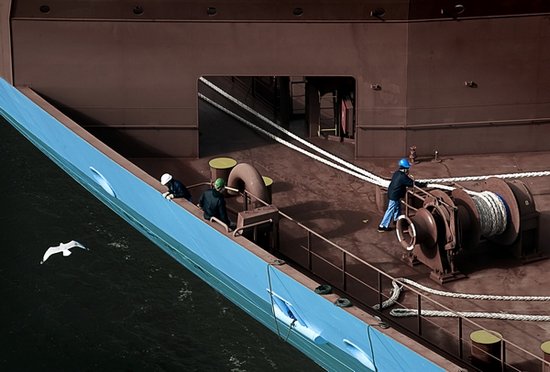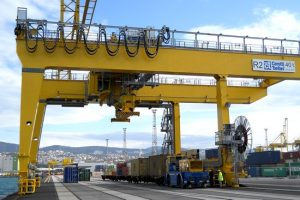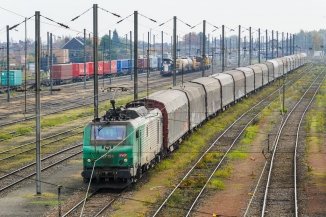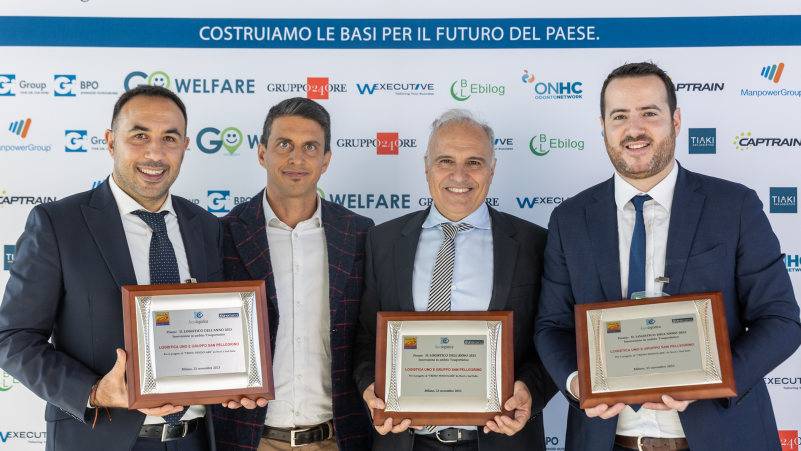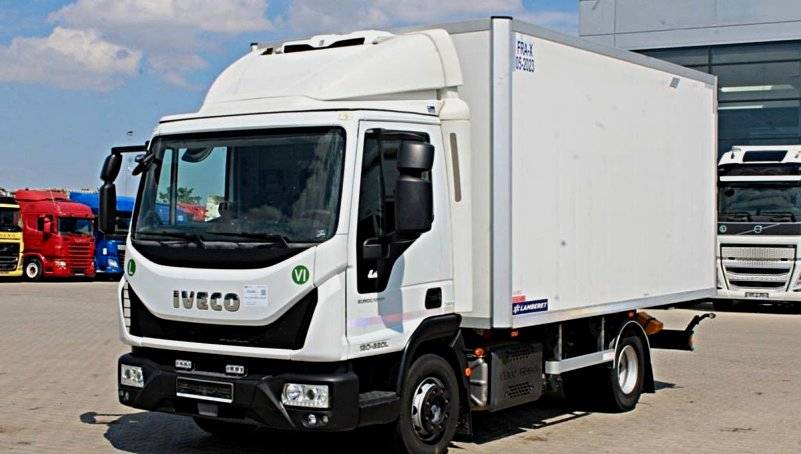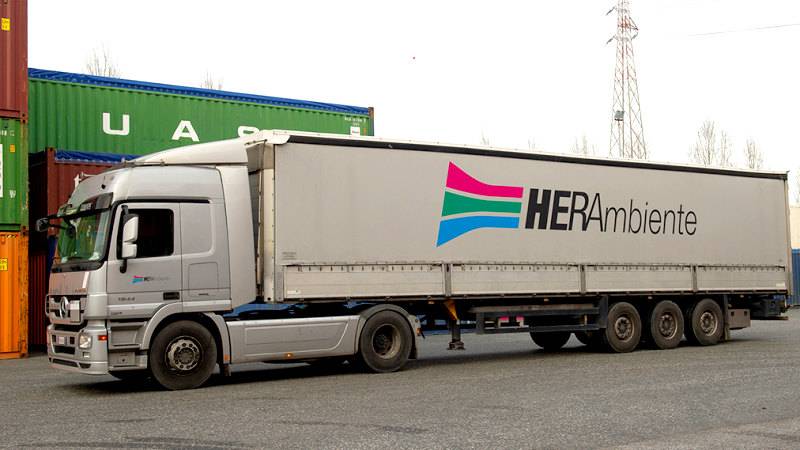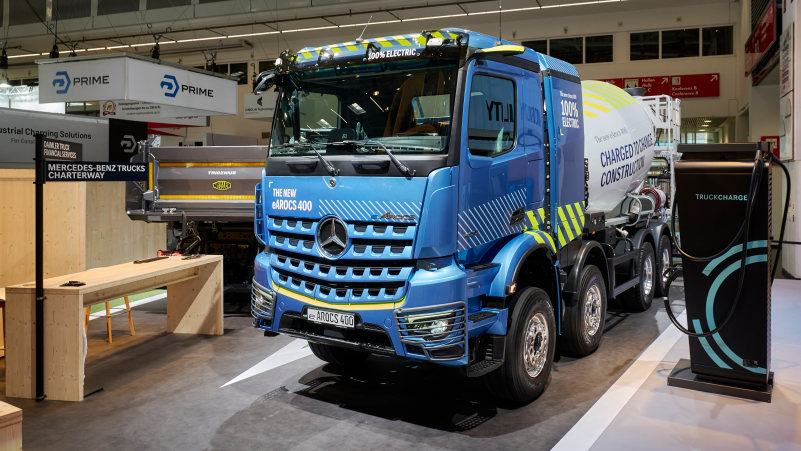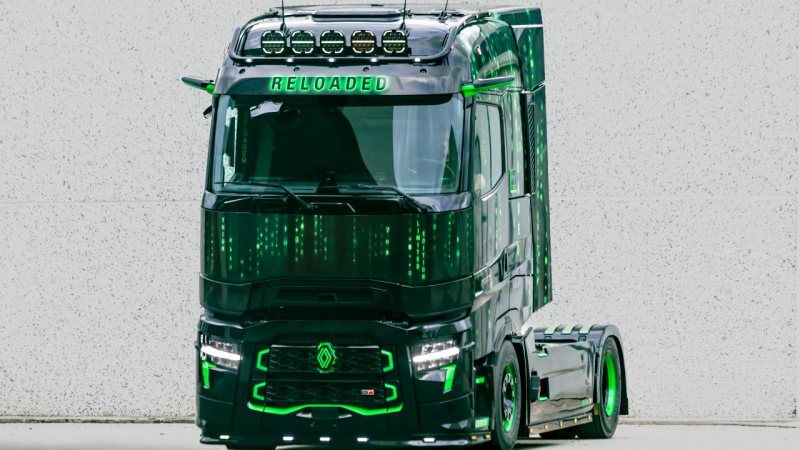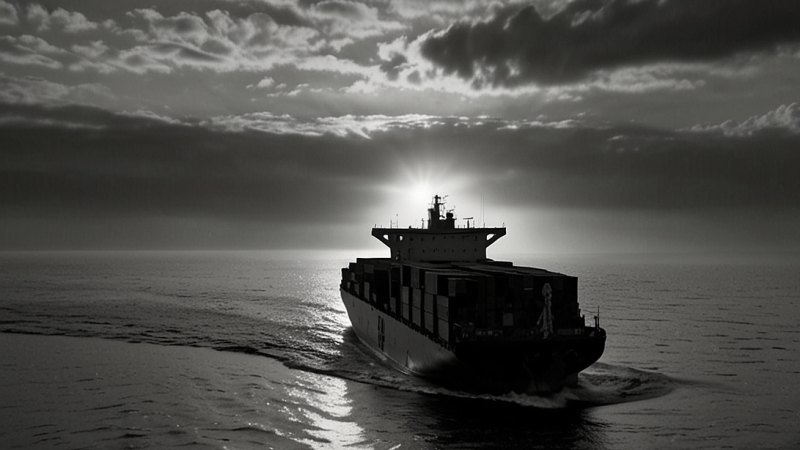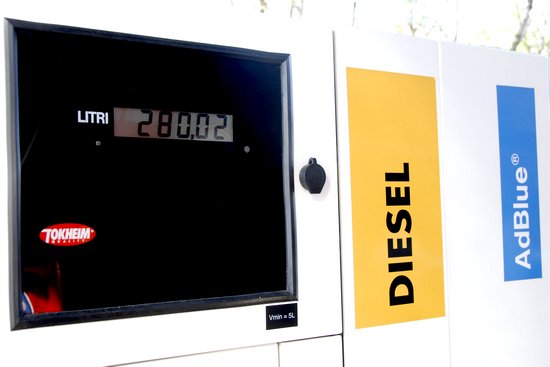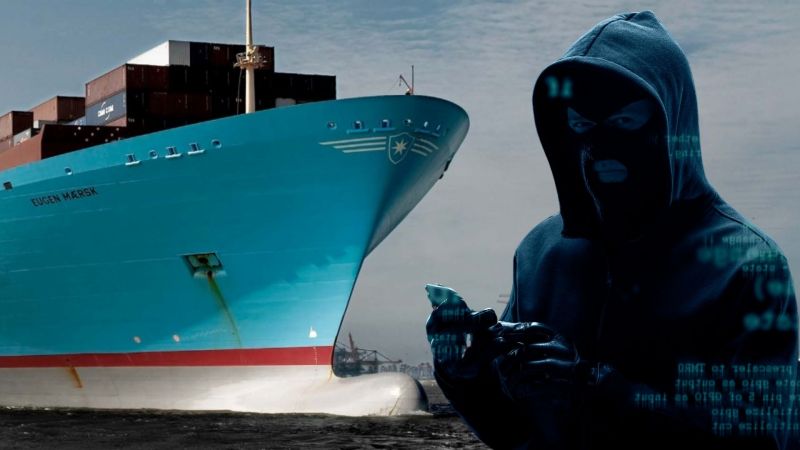The transportation of containers by rail to and from ports is a crucial component of the entire intermodal system, as well as for the development of ports, particularly in Italy, where many are integrated into urban areas and thus lack the potential for further expansion of road infrastructure. Italian ports have seen a period of growth in container train traffic, but according to Giuseppe Rizzi, general director of Fermerci, this trend appears to have stalled in recent years. He raised this concern during the conference "Rail-road-sea: intermodality and the port of Genoa," held in Genoa.
The association of rail operators presented a graph, based on data from RFI, showing that the total number of trains handled in Italian ports fell from 56,550 in 2023 to 55,400 in 2024, representing a 2% decline. A similar trend is evident over a longer period, as 58,600 trains were handled in 2021, marking a 5.46% decrease by 2024. The year with the highest level of activity since 2021 was 2022, with 59,200 trains, meaning that the decline in 2024 compared to that peak stands at approximately 6.42%.
Rizzi stated that these figures confirm "that the sector is still in crisis and is undergoing a complex infrastructural transition." In this context, Fermerci considers it a positive step that the 2025 Budget Law allows the Port System Authorities to allocate funds to support rail freight shunting within ports and hopes that as many PSAs as possible will adopt this measure. Rizzi added that "considering the infrastructural challenges that will persist until 2026, with peaks expected in 2025, it is essential to bring forward to 2025 the new tariff period that provides for reduced fees for rail freight transport. The Transport Regulation Authority has already expressed a favourable opinion. We believe this measure is essential to support the sector during this critical phase."
The Italian port terminal with the highest rail traffic is Campo Marzio in Trieste, which handled 8,800 trains in 2024, compared to 8,900 in the previous year (-1.12%) and 9,100 in 2021 (-3.3%). La Spezia follows with 7,900 trains in 2024, showing a decline compared to both the previous year (-1.25%) and 2021 (-3.66%). In third place is Ravenna, which handled 7,400 trains in 2024, also reflecting a negative trend compared to 2023 (-1.33%) and 2021 (-5.13%).
The situation is slightly different in Genoa Pra’, the fourth busiest port terminal for rail traffic. In 2024, it handled 7,100 trains, an increase of 1.43% over the previous year. However, it remains 2.74% below the 2021 level. The fifth terminal is Venice Marghera SC, which handled 6,600 trains in 2024, marking a 1.49% decrease compared to the previous year and a 2.94% decline compared to 2021.


